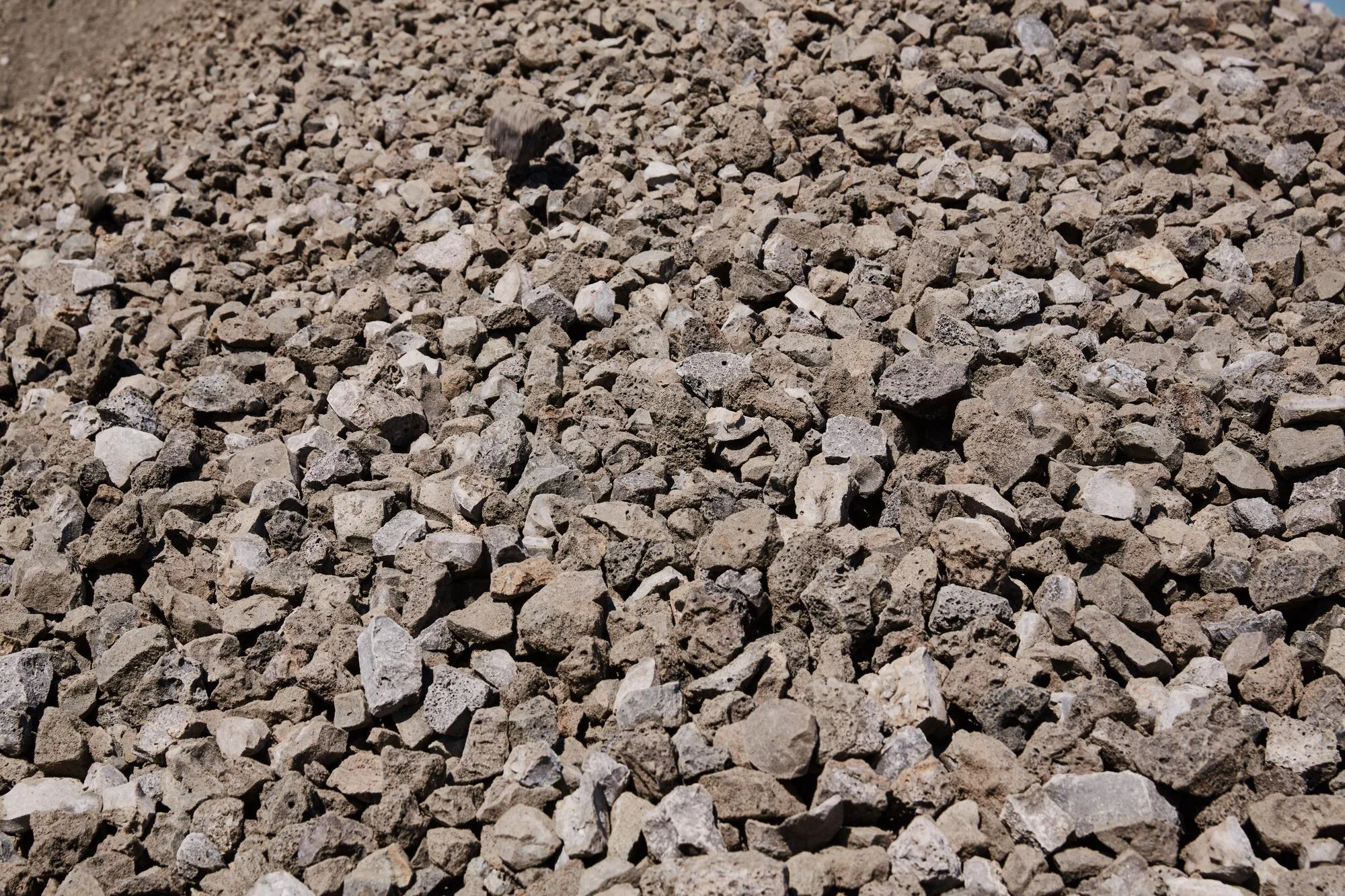Researchers at the School of Chemical and Environmental Engineering, China University of Mining and Technology-Beijing, in collaboration with CSCEC 8TH Division Environmental Technology Co., Ltd, Shanghai, have made significant progress in the field of environmental remediation by effectively modifying steel slag (SS) with various types of biomass materials. Their pioneering study, published in “The Science of the Total Environment” on January 11, 2024, details an innovative approach to tackling lead (Pb) contamination in both aqueous solutions and soil.
Keywords
1. Lead removal
2. Eco-friendly adsorbents
3. Modified steel slag
4. Biochar technology
5. Heavy metal soil treatment
In their groundbreaking research, Wang An, Wu Meiling, Li Zhongyuan, Zhou Yuqiang, Zhu Fanmin, and Huang Zhanbin sought to address the challenge of Pb pollution, a pressing environmental issue with detrimental effects on human health and ecosystems. By utilizing steel slag, a byproduct of the steel industry, and enhancing its properties with biomass materials like straw biochar (SBC), nutshell biochar (NBC), and biochemical humic acid (BHA), the team developed a series of composite adsorbents that showcased improved efficacy in Pb adsorption and stabilization.
The modified steel slag materials, labeled as SS-SBC, SS-NBC, and SS-BHA, underwent comprehensive physical and chemical analyses with sophisticated techniques such as Scanning Electron Microscopy (SEM), Energy Dispersive Spectroscopy (EDS), X-Ray Diffraction (XRD), and Brunauer–Emmett–Teller (BET) analysis. These characterizations revealed a noteworthy increase in the specific surface area of the modified materials from the original 3.8584 m² to more active sites for Pb binding.
The adaptation of the steel slag using biomass waste is a shining example of circular economy principles in action, transforming waste materials into valuable products for environmental remediation. This study, while focusing on the removal of Pb, opens up possibilities for the treatment of other heavy metal contaminants, thus contributing to sustainable development and cleaner industries.
Lead contamination remains an alarming issue in many parts of the world due to its persistence in the environment and the potential for bioaccumulation in the food chain, ultimately posing serious health risks to humans and wildlife. Traditional methods for lead removal often involve costly and energy-intensive processes or the use of other chemicals that might contribute to secondary pollution.
The success of this research lies in its dual-benefit approach. On one side, it addresses the problem of lead contamination by offering a potentially efficient and low-cost alternative for environmental clean-up. On the other, it provides an innovative way to reuse industrial byproducts such as steel slag, thereby reducing the ecological footprint of steel manufacturing.
The hybrid adsorbents created by the team have been meticulously tested to ascertain their effectiveness in binding Pb ions from both solution and soil matrices. The experimental results demonstrate not only a substantial increase in Pb adsorption capacity but also an improvement in immobilization performance, mitigating the risk of lead leaching into groundwater.
This research maintains the integrity of being unbiased and independent, as declared by the authors, ensuring that their scientific inquiry was not detrimentally influenced by any known competing financial interests or personal relationships.
In conclusion, the work of Wang An and colleagues marks a significant stride towards ecologically sound and economically feasible solutions to environmental contamination issues. Their diligent efforts in the laboratory could translate into large-scale applications, offering hope for safer environments and a step forward in combating the detrimental impact of heavy metals like lead. The applicability of this novel technology could spawn further innovations and strategies aimed at preserving the delicate balance of our ecosystems.
The academic community and environmental agencies alike eagerly await further developments and potential real-world applications of this breakthrough research. As we collectively strive for a more sustainable future, the transformation of waste into resourceful materials stands as a beacon of ingenuity and environmental stewardship.
For more details about the study and its implications, the following references and the DOI provided offer a comprehensive understanding of the work:
DOI: 10.1016/j.scitotenv.2024.170023
References
1. Huang, Zhanbin, et al. (2024). Utilizing different types of biomass materials to modify steel slag for the preparation of composite materials used in the adsorption and solidification of Pb in solutions and soil. The Science of the Total Environment, 170023. 10.1016/j.scitotenv.2024.170023.
2. Li, H., et al. (2020). A review on the use of biochar for heavy metal removal from wastewater. Journal of Industrial and Engineering Chemistry, 91, 92–104.
3. Ahmad, M., et al. (2018). Biochar as a sorbent for contaminant management in soil and water: A review. Chemosphere, 191, 593–619.
4. Wu, H., et al. (2019). Lead pollution and its treatment methods in soil. Environmental Science and Technology, 53(18), 10412–10423.
5. Wang, X., et al. (2021). Advances in modified steel slag as sorbents for pollutant management. Environmental Research, 197, 111092.
Readers interested in environmental technologies, sustainable materials, and solutions for heavy metal contamination can find this study invaluable as it adds to the burgeoning knowledge in the realms of environmental chemistry and materials science.
